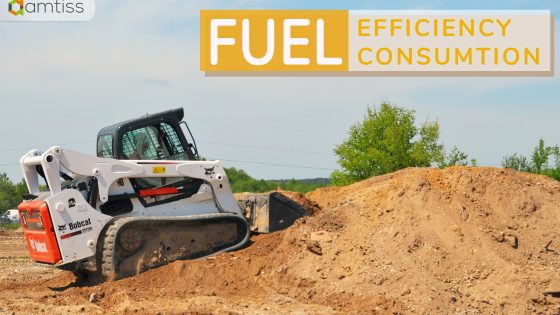Efficient use of resources is an essential part of business sustainability. Reducing your energy and fuel consumption will reduce costs as well as improving your environmental sustainability performance. For many businesses energy and fuel savings can be made throughout its operations. Inefficient use of raw materials might be the biggest issue for others.
Sustainable practice in resource efficiency
Systematic approach
A systematic approach to resource efficiency can help you achieve big savings in areas they are needed.
- Measure and analyse your resource usage
- Decide where to target improvements
- Plan, implement and evaluate improvements
- Sustain and build on them.
Fuel consumption
Many businesses have reduced fuel consumption by educating their drivers and operators in ‘eco’ driving methods. These driving techniques are estimated to improve fuel efficiency by up to 25%.
If this is an area you want to target your guidelines and training for drivers and operators might cover:
- Smooth driving techniques – avoiding unnecessary braking and fast acceleration
- Using the optimum gear to balance power and fuel economy
- How to manage loads to reduce drag
- Choosing a cruising speed that balances schedule requirements and fuel consumption
- Correct tyre pressure and how often they should be checked (acknowledged to deliver up to 5% improvement)
- When to turn off engine rather than leave it idling
- When to use air conditioning vs open windows.
Energy efficiency
There are many ways to improve your energy efficiency. You may find that you can make significant savings by focusing on equipment, lighting and heating that can be switched off at certain times. You can decide whether to manage this through procedures and behaviour change or whether to install automated systems such as movement triggered light switches. You could focus on bathroom lights that do not need to be on until people need them or you might tackle power consumption during shut down periods.
You could focus on a section, team or piece of equipment and work to optimise its energy consumption while maintaining (or improving) productivity rates. In addition to direct savings this could provide a blueprint for other optimisation projects.
You may also find that waste heat (or cooling) from one process can be used by another. While this will usually require some expenditure, the savings may pay for it.




